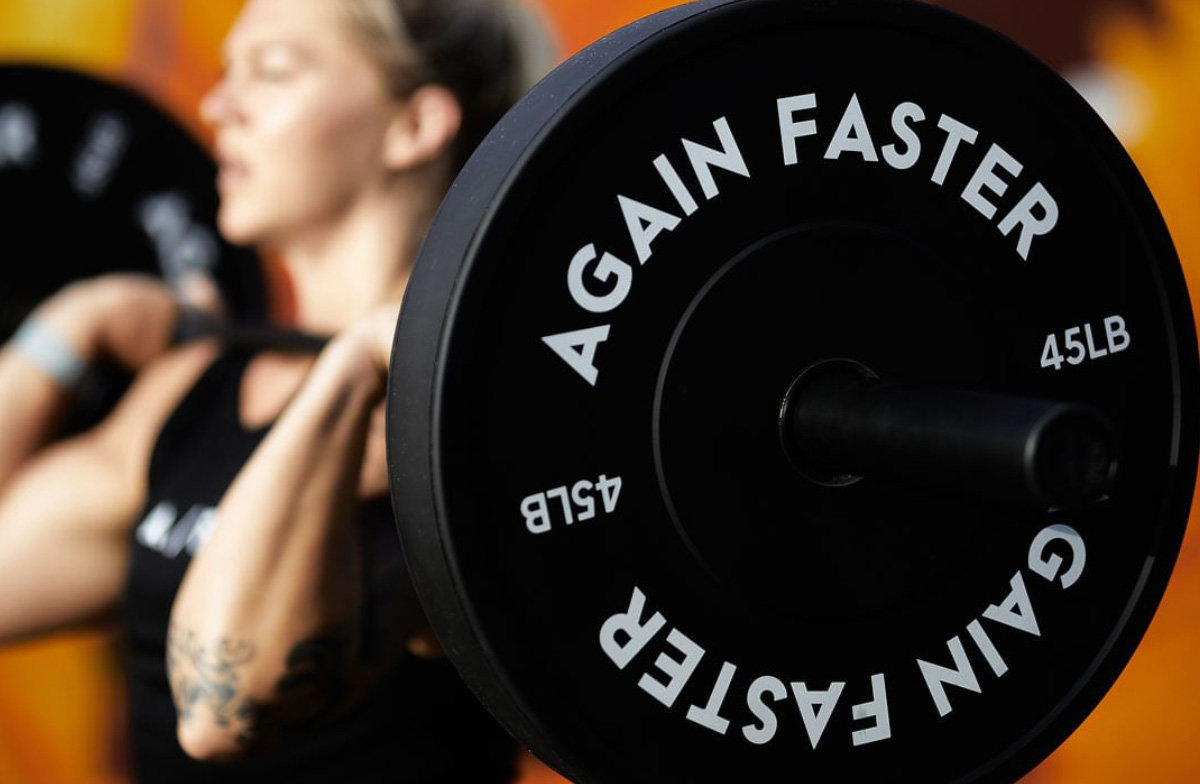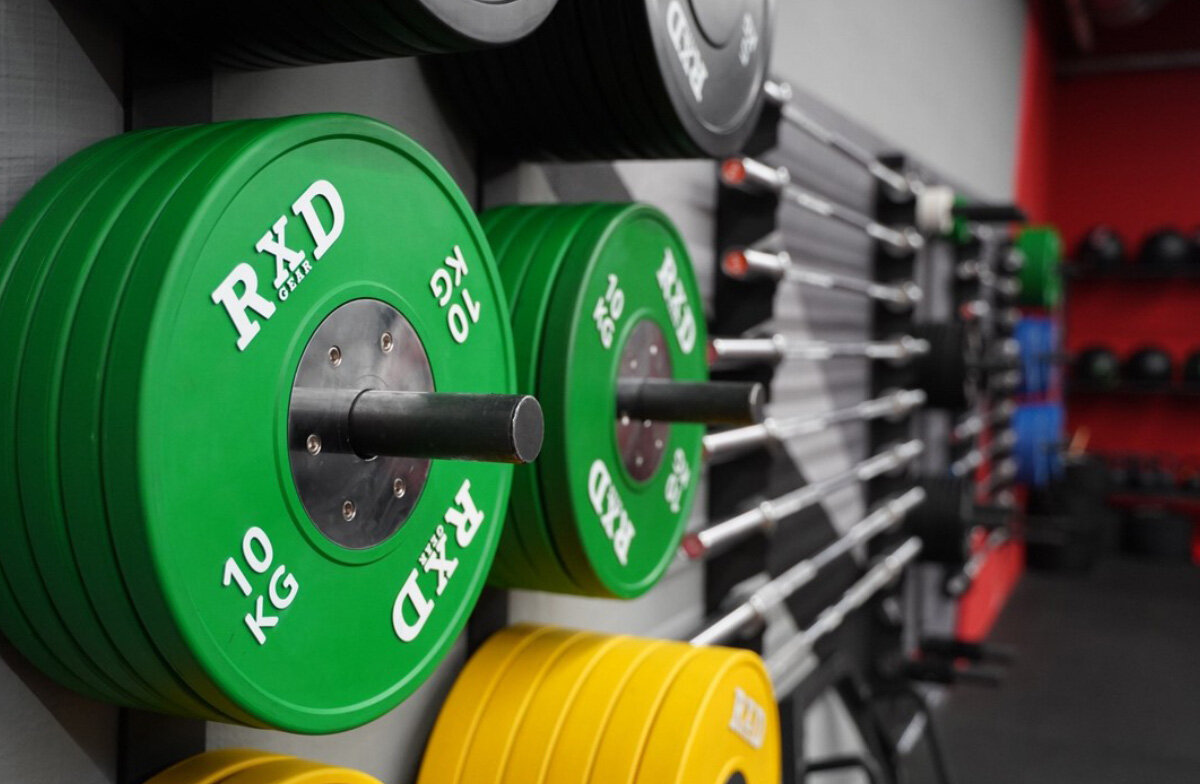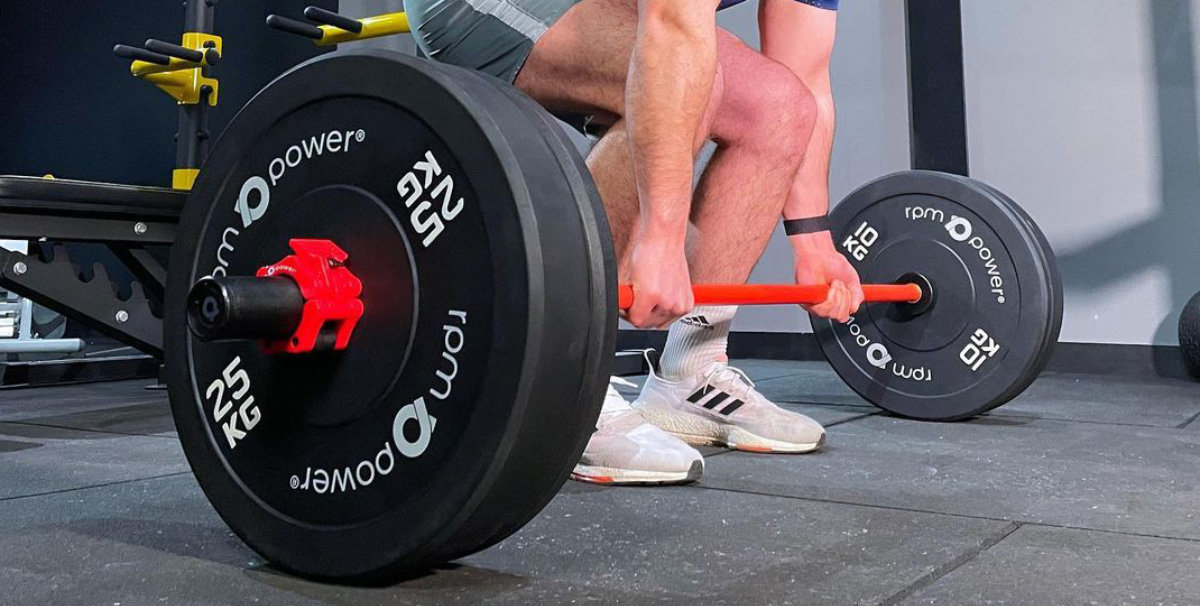If you’re looking for a way to add weight to your barbell, you may wonder if bumper plates are lighter than iron ones.
The answer is it depends! Different weight plates are made with different materials, which can affect their weight. However, in general, bumper plates are not necessarily lighter than iron plates. Some metal weight plates are more accurate regarding weight measurements, while others may be a bit heavier or lighter.
So, the short answer is that it all depends on the quality and type of plate you’re using.
Why Do Bumper Plates Feel Lighter?
There is no definitive answer to why bumper plates feel lighter than iron plates. It could be a psychological thing, a barbell rotation issue, or the plates weighing more/less than they should.
Psychological Tricks
Have you ever lifted a barbell full of bulky bumper plates and wondered, “Wow, this feels more lightweight than I expected!” Well, there’s a psychological reason for that.
Our brains naturally think that the larger an object is, the heavier it should be. And since bumper plates are much thicker than metal plates, it’s easy to perceive them as being heavier – even if they’re not.
You might also want to consider having a lifting platform. This can help make the bumper plates feel lighter. After all, without a platform, you tend to care more when lifting weights or lowering them because you’re worried about something breaking.
Barbell Rotation
Have you ever noticed how some barbells seem to rotate much more smoothly than others?
If you’ve ever lifted with a bar that doesn’t rotate well, you know how much of a difference it can make in the difficulty of the lift.
The resistance of the plates can cause the bar to fasten and makes it much more difficult for the bar to move smoothly.
However, when you lift with a bar that rotates well, the resistance is reduced, and the lift becomes much easier.
This is because the rotation of the bar helps to evenly distribute the weight of the plates, making them feel lighter.
Test your Hypothesis
Like most people, you probably take the labels on your weightlifting equipment for granted. After all, why would the manufacturer lie to you?
However, it’s entirely possible that your 45-pound iron plates are actually 50-pound plates or that your 25-pound bumper plates are really 23.5-pound plates. Even the bar you load with bumpers could be labeled as 45 pounds when it’s really only 40 pounds.
This can be a serious problem if you’re trying to track your lifting progress accurately. That’s why it’s always a good idea to test your hypothesis by taking your plates and bar to the scale and seeing what they actually weigh.
Only then will you know for sure how much weight you’re really lifting.
Are bumper plates harder to lift?

The majority of people assume steel or iron weight plates are much heavier and more difficult to lift than bumper plates.
However, this is not always the case. In fact, bumper plates are often just as heavy as traditional weight plates, but they are encapsulated in a dense sheath of rubber.
This rubber acts as a layer of insulation to absorb the shock when the plate is dropped. As a result, bumper plates are often just as easy or hard to lift as traditional weight plates.
However, they have one significant advantage – they are much less likely to damage your floor or equipment when dropped.
How much do bumper plates weigh?
Bumper plates are available in a range of weights, from 10 pounds all the way up to 55 pounds. A few companies sell “fractional” weight plates weighing 1 lb (0.5 kg) or less.
The weight you choose will depend on your fitness level and the type of workout you’re doing. For example, if you’re a beginner, you might want to start with lighter weights. But if you’re lifting for an intense CrossFit workout, you’ll need something heavier.
When it comes to choosing the right weight for your workout, it’s important to strike a balance. If the weight is too light, you won’t get the resistance you need to build muscle and improve strength. But if it’s too heavy, you could hurt yourself or stall your progress. So how do you know what’s right for you?
Start by talking to a coach or personal trainer (at a gym in your area). They can help you assess your fitness level and choose the right weights for your workout.
Are bumper plates true to weight?
The weight of a bumper plate is typically accurate with less than a few grams, whereas the weight of an iron plate can vary by several pounds.
For example, a 45 lb iron plate may actually weigh 50 lb or more. This is because iron plates are generally not as well-calibrated as bumper plates.
In addition, bumper plates are typically made from denser materials than iron plates, so they tend to be heavier for their size.
For these reasons, bumper plates are generally more accurate and consistent in their weight.
Are cheap bumper plates worth it?

There are a lot of factors to consider when purchasing bumper plates. Cost is certainly one of them. But it’s important to remember that the cheapest option isn’t always the best.
Moreover, cheap, low-quality bumper plates tend to wear out and crack much more quickly, requiring you to replace them.
So while they may save you money upfront, they could cost you more in the long run.
Instead of opting for the cheapest options on the market, look for plates that strike a balance between cost and quality.
There are a number of reputable brands that offer affordable bumper plates that are built to last.
These plates may cost a bit more than the cheaper options, but they’ll save you money in the long run by lasting longer and standing up to heavy use.
Is it OK to bench with bumper plates?
Bumper plates can be a great option if you’re looking to add some variety to your bench press routine.
Not only do they offer a different weight option, but they can also help to protect your equipment.
Bumper plates are made from durable rubber, so they’re less likely to damage your barbell or flooring if dropped.
They’re also color-coded by weight, so it’s easy to grab the right plate when setting up your lift.
And because they’re typically wider than standard weight plates, they can help to stabilize the barbell and make it safer.
Conclusion
There is no definitive answer to this question, as it depends on the specific weight and material of the plates.
However, bumper plates are typically more accurate in terms of weight because they are made from denser materials.
In addition, bumper plates are less likely to damage your floor or equipment if dropped and can be useful for stabilizing the barbell and reducing injuries.

